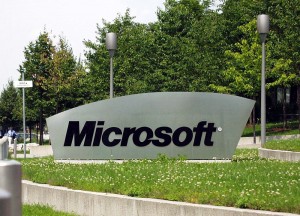The search engine that works to protect your privacy is looking for some Linux “Instant Answers” for programmers. Would they like some answers to everyday Linux questions as well?
DuckDuckGo, the search engine centered around privacy, is asking for the community’s help in improving its results for Linux related searches. On Wednesday, “Bill” with the Philidelphia based search engine company posted to the Linux subreddit asking for help from the community.
 “DuckDuckGo’s focus is to become the best search engine for programmers,” Bill wrote, “and we’d love your help improving our open-source Linux Instant Answers. There’s currently a couple of cheat sheets here and here. We want to get some great feedback from the Reddit community for the developer, crashrane.”
“DuckDuckGo’s focus is to become the best search engine for programmers,” Bill wrote, “and we’d love your help improving our open-source Linux Instant Answers. There’s currently a couple of cheat sheets here and here. We want to get some great feedback from the Reddit community for the developer, crashrane.”




 These things I accepted as a necessary part of using a computer every day.
These things I accepted as a necessary part of using a computer every day. 

 Times have changed. Android is still winning on mobile, but other than that, Microsoft is back on track and is maybe more secure than ever. That’s not good for FOSS.
Times have changed. Android is still winning on mobile, but other than that, Microsoft is back on track and is maybe more secure than ever. That’s not good for FOSS.

